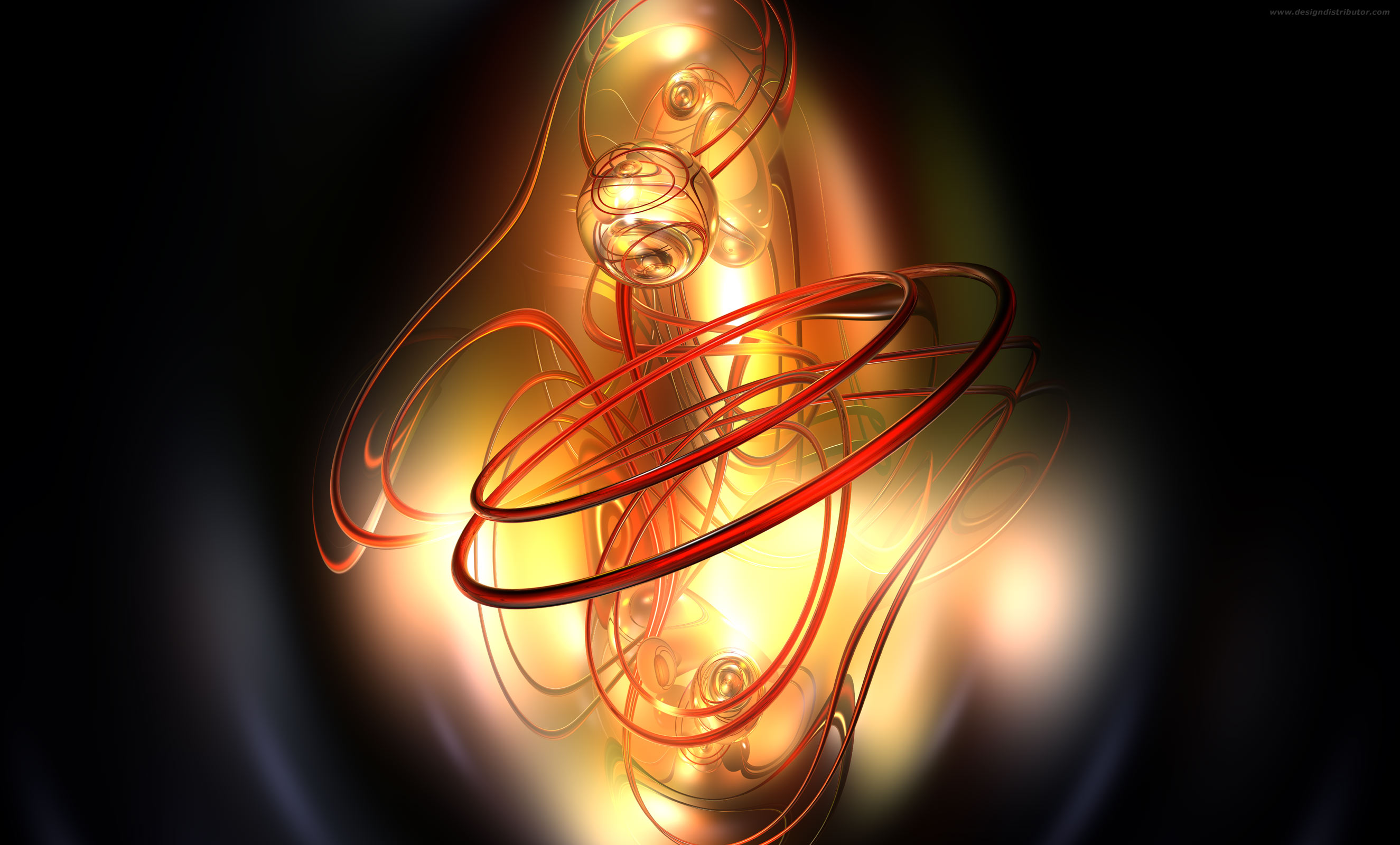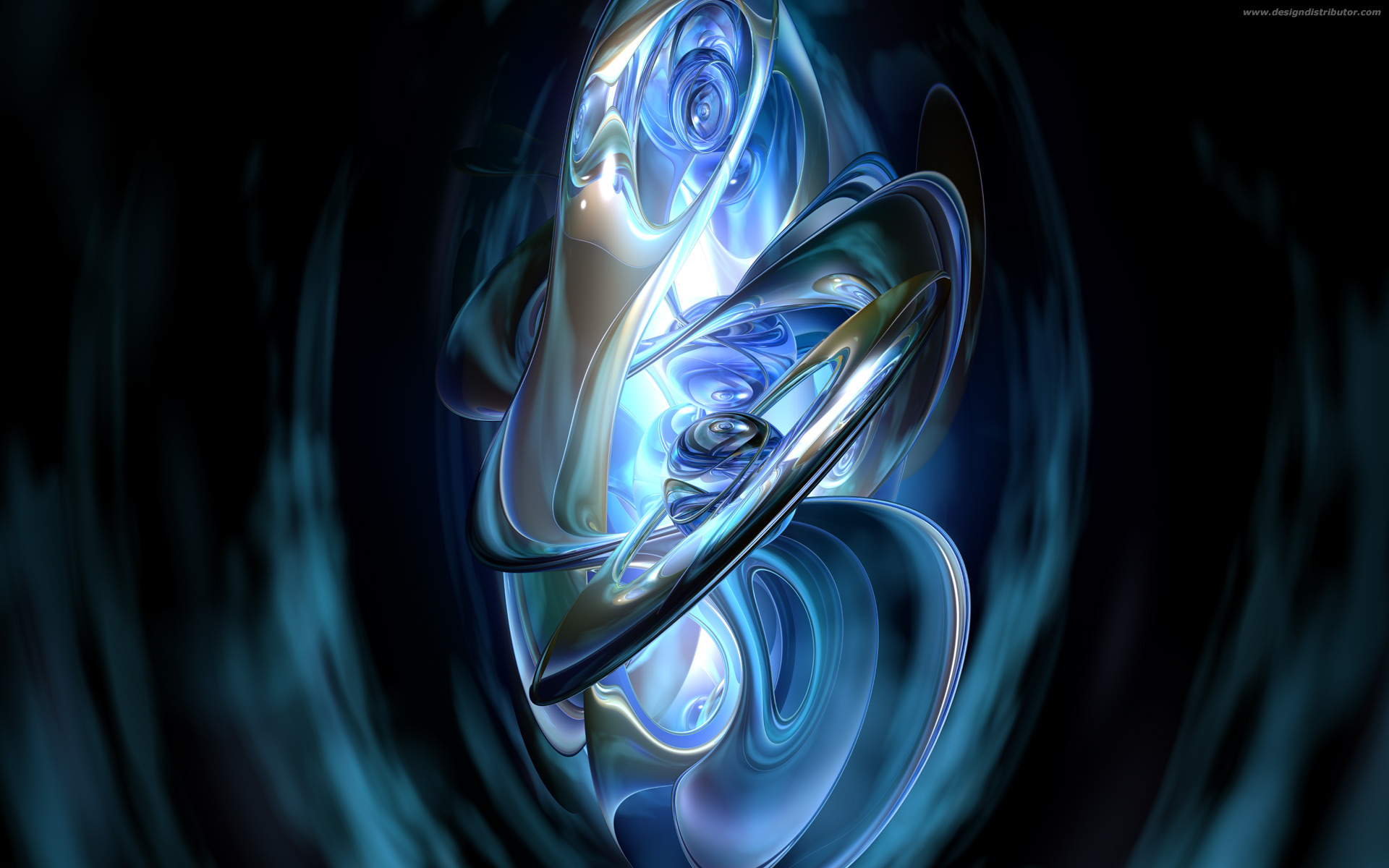Windows Vista (formerly codenamed Longhorn) has many new features compared with previous Microsoft Windows versions, covering most aspects of the operating system.
Premium editions of Windows Vista include a redesigned user interface and visual style, named Windows Aero (Authentic, Energetic, Reflective and Open). Aero is intended to be cleaner and more aesthetically pleasing than previous Windows versions, including glass-like transparencies and window animations. Windows Aero also features a new default font (Segoe UI) with a slightly larger size, a streamlined style for wizards, and a change in the tone and phrasing of most of the dialogs and control panels.
In addition to the Windows Aero visual style, Windows Vista Home Basic exclusively includes a "Windows Vista Standard" theme which has the same hardware requirements as "Windows Aero", and therefore uses the Desktop Window Manager for desktop composition, but does not include the ability to generate live thumbnails of running applications, nor does it allow transparency of the window frame. As a result, 3D effects and other features associated with live thumbnails are not included with this theme.
Included with all versions, there is a "Windows Vista Basic" theme which does not use desktop composition, and is geared towards lower-end machines that are not able to use the Desktop Window Manager; this theme being comparable to the Luna XP theme. Finally Vista includes the "Windows Classic" and "Windows Standard" themes which are similar to the classic themes in Windows 2000 and Windows XP. Windows Aero is not available in Windows Vista Home Basic and Starter editions, although the Desktop Window Manager is included in Windows Vista Home Basic.
In Windows Vista, the Start Menu has undergone major changes, with the taskbar icon no longer labeled "Start" but instead has the Windows pearl orb. At the top level, the Start Menu, as in Windows XP, has two columns of menu choices. Under the default configuration, the "Run," and "Printers" options do not appear. However, those items can be added to the Start Menu. One of the chief additions with Windows Vista is a Search pane or box, where users may begin typing immediately. The contents of the Start menu itself are indexed and searchable, besides the global search index. If indexing is turned on, the search box returns results on-the-fly as users type into it. This allows the Start menu to act as a fast and powerful application launcher. The Start menu search also doubles as the Run command from previous versions of Windows; simply typing any command will execute it. The Run command can also be added separately to the right column in the Start menu.
Another major change to the Start menu in Windows Vista is that it no longer presents the All programs menu as a horizontally expanding cascading list which utilizes the entire screen space, but instead as a nested folder view with a fixed size. The list of submenus and single items appears over the left column contents with a Back button below it. Subfolders expand and collapse vertically within the list when single-clicked, in a tree-like fashion similar to Windows Explorer. Single items appear at the top and folders appear at the bottom. Hovering the mouse over a folder does not open it; the folder needs to be clicked. A limitation of the new Start menu is that subfolders inside the All Programs menu cannot be opened simply by searching or double clicking. Also, as more programs are installed, a vertical scroll bar appears between the two columns. A dynamically changing icon showing the user's display picture by default is present at the top of the right column. It changes as users hover over any other item to reflect that item's icon. The Power button's action is configurable through Power options in the Control Panel, though the default setting is to put the computer into Sleep mode. Users can quickly lock their user account by pressing the Lock button. Additional power and account related actions are listed in a sub-menu which appears when the small arrow next to the Lock button is clicked.
Like Windows XP, Windows Vista allows users to switch back to the pre-Windows XP style "Classic" Start menu, however, the Search box is not present on the Classic Start menu. Windows Explorer's task pane has been removed, integrating the relevant task options into the toolbar. A Favorites pane on the left contains commonly accessed folders and prepopulated Search Folders. Seven different views are available to view files and folders, namely, List, Details, Small icons, Medium icons, Large icons, Extra large icons or Tiles. File and folder actions such as Cut, Copy, Paste, Undo, Redo, Delete, Rename and Properties are built into a dropdown menu which appears when the Organize button is clicked. It is also possible to change the layout of the Explorer window by using the Organize button. Users can select whether to display Classic Menus, a Search Pane, a Preview Pane, a Reading Pane, and/or the Navigation Pane. Document Properties are available from the common 'Open' and 'Save' dialog boxes, so it is easier to add metadata (such as author or subject) to a document. The metadata can be viewed and edited in the Details Pane that shows up at the bottom of an Explorer window. The Navigation Pane contains a list of most common folders (the Favorites) for quick navigation. It can also show the folder layout of the entire hard drive or a subset of it. It can contain both real folders as well as virtual ones. By default it contains links to folders such as Documents and the publicly shared folder, as well as virtual folders that search and present the saved virtual folders and that lists the recently changed documents. The Preview Pane can be used to preview the contents of a document, including viewing pictures in a size larger than the thumbnails shown in the folder listing, and sampling contents of a media file, without opening any additional program. Explorer can show a preview for any image format if the necessary codec authored using the Windows Imaging Component is installed. Also, if an application installs Preview handlers (like Office 2007 does), then the documents can be edited in the preview pane itself. Windows Explorer also contains modifications in the visualization of files on a computer. A new addition to Windows Explorer is the Details pane, which displays metadata and information relating to the currently selected file or folder. Windows Vista introduces a newer IThumbnailProvider interface that shows thumbnails in the Details pane as well as in large icon views. Furthermore, different imagery is overlaid on thumbnails to give more information about the file, such as a picture frame around the thumbnail of an image file, or a filmstrip on a video file. Thumbnails can be zoomed on. The preview panel allows you to see thumbnails of all sorts of files and view the contents of documents, similar to the way you can preview email messages in Outlook, without opening the files. There's a new intelligent algorithm for creation of Video thumbnails, which chooses a random frame inside the video and ensures the thumbnail is not black (XP showed the first frame, it was usually black).
Premium editions of Windows Vista include a redesigned user interface and visual style, named Windows Aero (Authentic, Energetic, Reflective and Open). Aero is intended to be cleaner and more aesthetically pleasing than previous Windows versions, including glass-like transparencies and window animations. Windows Aero also features a new default font (Segoe UI) with a slightly larger size, a streamlined style for wizards, and a change in the tone and phrasing of most of the dialogs and control panels.
In addition to the Windows Aero visual style, Windows Vista Home Basic exclusively includes a "Windows Vista Standard" theme which has the same hardware requirements as "Windows Aero", and therefore uses the Desktop Window Manager for desktop composition, but does not include the ability to generate live thumbnails of running applications, nor does it allow transparency of the window frame. As a result, 3D effects and other features associated with live thumbnails are not included with this theme.
 Color Born-HD Wallpaper by |  3D Wallpapers HD |  3D Wallpapers in hd 2 |  Dangerous 3D Wallpapers |  Here you have 50 HD Desktop |
 3D HD Wallpapers 1080p |  3D HD Wallpapers 1080p |  3D Wallpapers HD |  3D HD Wallpapers 1080p |  3D HD wallpapers - Ace Games |
Another major change to the Start menu in Windows Vista is that it no longer presents the All programs menu as a horizontally expanding cascading list which utilizes the entire screen space, but instead as a nested folder view with a fixed size. The list of submenus and single items appears over the left column contents with a Back button below it. Subfolders expand and collapse vertically within the list when single-clicked, in a tree-like fashion similar to Windows Explorer. Single items appear at the top and folders appear at the bottom. Hovering the mouse over a folder does not open it; the folder needs to be clicked. A limitation of the new Start menu is that subfolders inside the All Programs menu cannot be opened simply by searching or double clicking. Also, as more programs are installed, a vertical scroll bar appears between the two columns. A dynamically changing icon showing the user's display picture by default is present at the top of the right column. It changes as users hover over any other item to reflect that item's icon. The Power button's action is configurable through Power options in the Control Panel, though the default setting is to put the computer into Sleep mode. Users can quickly lock their user account by pressing the Lock button. Additional power and account related actions are listed in a sub-menu which appears when the small arrow next to the Lock button is clicked.
 Digital 3D Wallpapers | HD |  HD wallpapers all free in 3D |  30 HD Black Wallpapers |  Cool Wallpapers HD | 3D |  HD quality abstract wallpaper |
 Abstract HD Wallpapers. |  HD wallpapers all free in 3D |  wallpapers-hd-3 |  3D Roller Coaster. * Wallpaper |  HD Windows 7 Wallpapers |
No comments:
Post a Comment